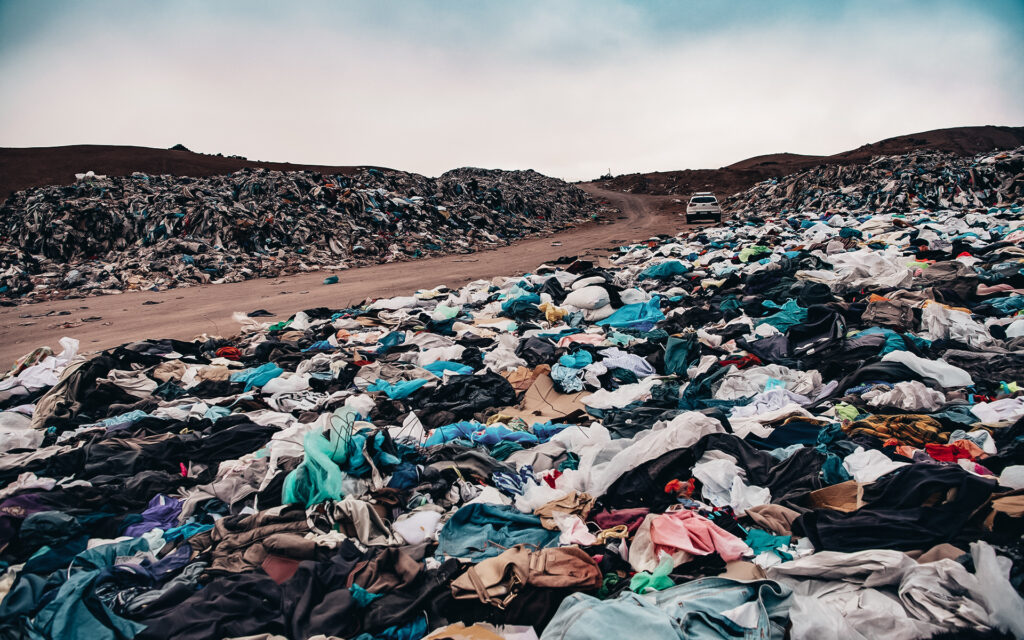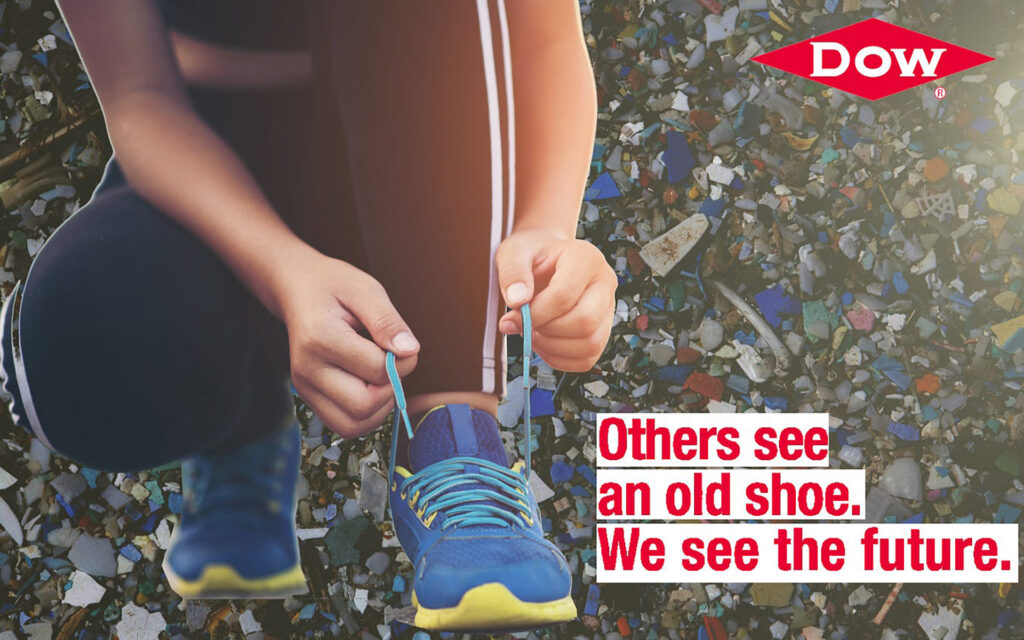Is it possible that fashion items intended to be recycled are actually part of a resale in Third World countries?
Despite concerns for the environment and sustainability awareness in fashion, the New Standard Institute estimates that around 150 billion new garments are produced each year.
However, environmentally conscious consumers, concerned about the fashion industry’s impact on the environment, are turning to other consumption alternatives such as buying garments on the resale market.
According to Forbes magazine, by 2025, the resale of fashion items could reach US$6 billion in sales.
Changes in consumer habits are modifying the textile industry’s business models to the extent that the circular economy is no longer just a trend.

Recycling for a better future
According to the UN, the fashion industry is estimated to be responsible for 8-10% of global carbon emissions.
And some estimates indicate that 65% of the garments produced end up in landfills each year due to textile overproduction.
Both textile recycling and upcycling can prevent garments from ending up in incinerators by extending their useful life.
While recycling focuses on the recovery of materials for reuse, upcycling is a form of recycling that converts a discarded material or product into new materials or products, giving it a new function and value.
Both practices are undoubtedly beneficial since they reduce the use of landfills, and reduce energy and water consumption, thus avoiding environmental pollution.

The lucrative business of reselling
Fashion items that are not recycled are usually exported to developing countries.
The global resale trade is worth more than US$1 billion each year and is estimated to double the fast fashion market by 2030.
Between 2020 and 2021 alone, used garment exports grew by 31%.
In 2021, the resale of fashion items ranked very high among the world’s most traded products.
According to the Observatory of Economic Complexity (OEC), in that year the main exporters were:
- United States: in the amount of $834 million
- China: in the amount of $709 million
- United Kingdom: in the amount of $386 million
- Germany: in the amount of $359 Million
- South Korea: in the amount of $324 million
On the other hand, the largest importers of used garments were:
- Ghana: $214 Million
- Pakistan: $180 million
- Ukraine: $177 million
- United Arab Emirates: $173 million
- Kenya: $169 million
Notably, countries such as Nigeria, South Africa, and Ethiopia have banned imports of used garments.
Ghana, Tanzania, Uganda, and Rwanda are currently discussing import restrictions to give priority to their textile manufacturers.
The Dow case
“Others see an old shoe. We see the future. Give your old shoes a new chance at life.”
In 2021, and under this slogan, the U.S. giant The Dow Chemical Company, a producer of rubber and plastic for shoe soles, communicated its initiative to transform used sneakers into sports facilities, together with the Singapore government.
According to the program, the petrochemical company asked the public to donate their used shoes in containers in order to recycle the soles.
A recycling plant would then take them away and shred them for the creation of courts, playgrounds, and sports fields.

The problem arose the following year when journalists from Reuters, a news division of Thomson Reuters, one of the world’s largest international suppliers, reported on the recycling program.
To do so, they donated several pairs of sneakers that were fitted with hidden trackers to follow them to their final destination.
To their surprise, their donations were not sent to the recycling plant, but the second-hand garment exporter Yok Impex Pte Ltd collected the shoes by selling them in second-hand stores in Indonesia.
The curious thing is that journalists were able to buy several of the donated pairs despite the fact that in that country it is illegal to import them since the government banned them in 2015 for being considered a threat to public health, the textile industry, and the local economy.
After learning of the Reuters report, Dow said it was investigating along with the Sport Singapore agency and several sponsors of the program.
The exporter’s logistics manager said they had been contracted by a waste management company involved in the recycling program to retrieve the footwear from donation garbage cans and deliver them to the company’s warehouse.
When contacted by the agency, the company informed them that the investigation had been concluded and that Yok Impex would be removed from the project.
However, there is no explanation as to why a second-hand garment exporter was involved in the collection of footwear from the donation garbage cans.
Other examples
But this is not only the case for Dow.
Swedish multinational H&M has claimed since 2013 that its garment collection program is the largest of its kind in the world.
It says the recycled garments are shredded into textile fibers and used to make insulation materials, among others.
However, according to Changing Markets Foundation, although the give-back program suggests circularity, only 0.1% is recycled.
Much of the garments from these give-back programs are shipped overseas, where up to 40% are landfilled or resold.
Strategy for success?
Dow’s deceptive recycling program is just one example of greenwashing.
Considering the greenhouse gas emissions released in textile production, the reuse of existing materials in the fashion industry is crucial.
It is a step in the right direction for companies to adopt recycling actions, but we cannot accept that they do not do what they loudly promise.





